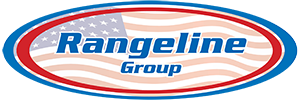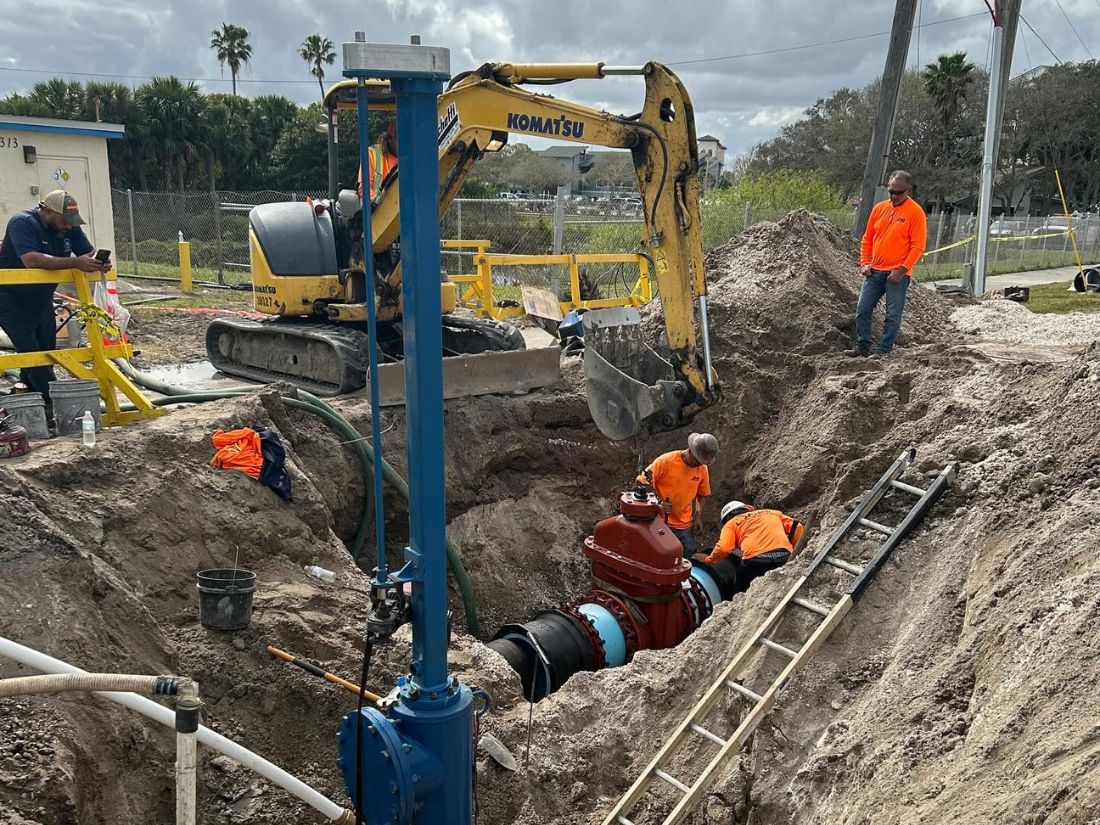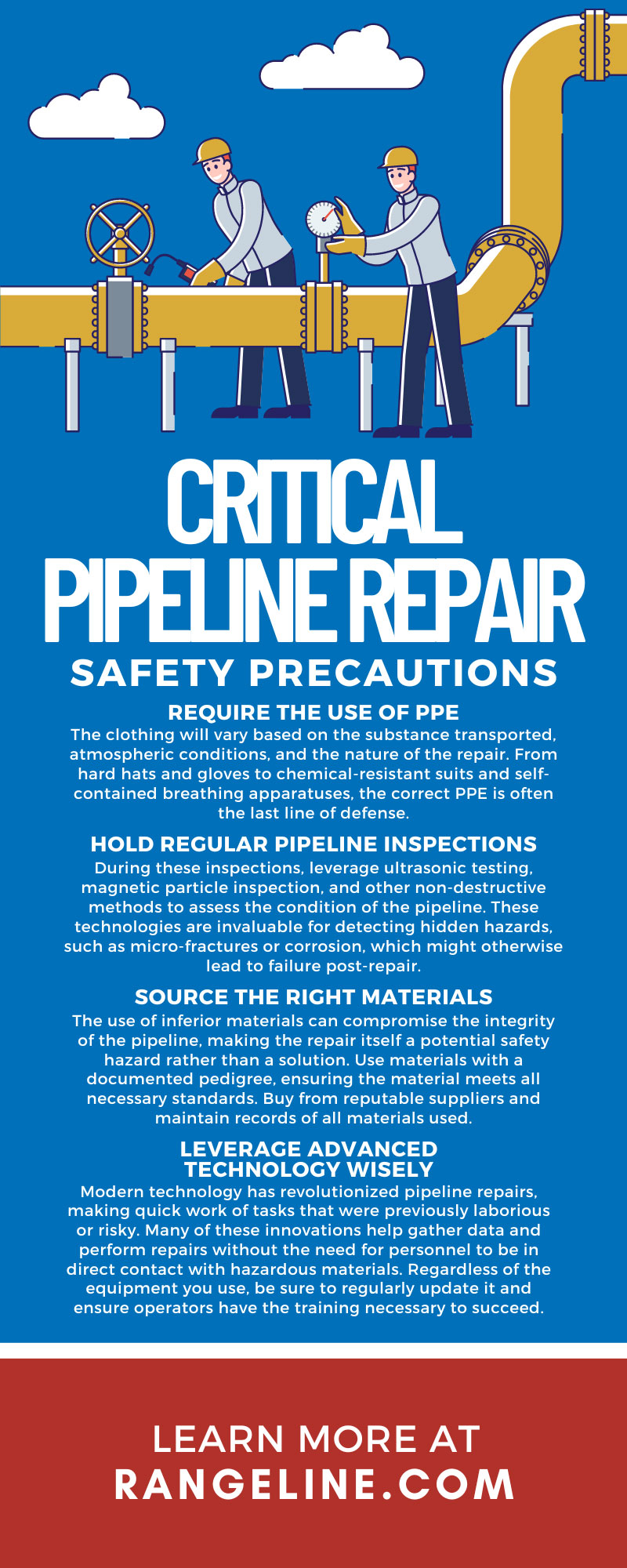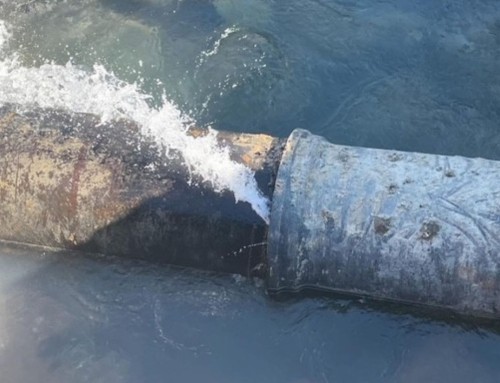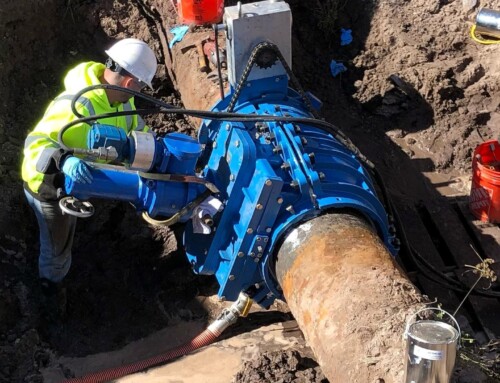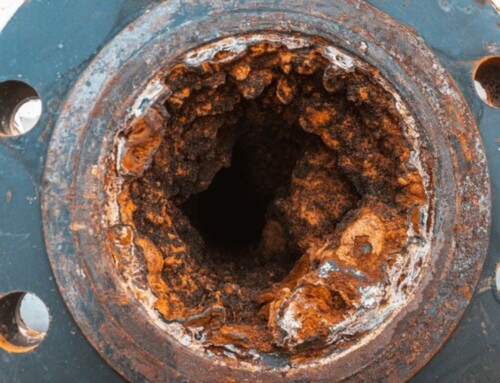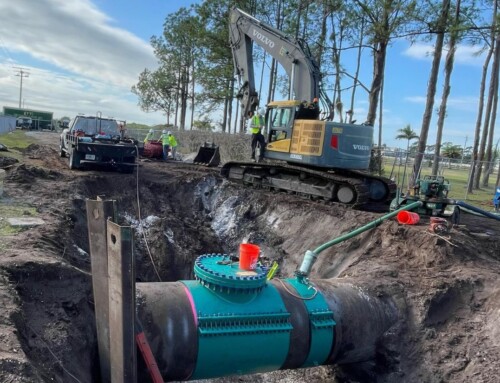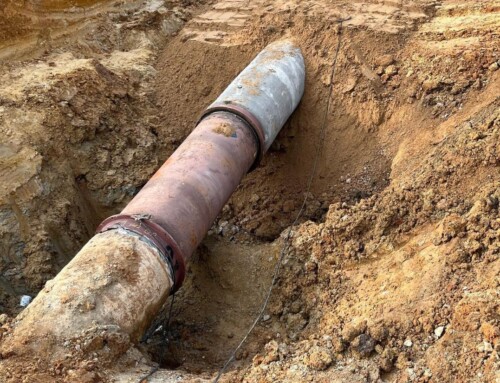Underneath our roads, through our valleys, and across our oceans, an extensive network of pipelines silently operates to deliver the essentials of modern life. These veins of our infrastructure are lifelines for cities, industries, and homes, transporting water, gas, oil, and a myriad of other resources crucial to daily operations. However, when these pipelines require repair, the stakes are high, and safety must be the foremost concern.
For industrial businesses and municipalities tasked with maintaining and repairing these critical assets, pipeline safety is non-negotiable. A single oversight in safety protocol could lead to catastrophic consequences for the environment, public health, and the personnel involved. Hence, it’s not just about the repair itself—each action must align with a comprehensive safety strategy that’s ingrained into the daily operations. If you don’t have one in place already, this list of critical pipeline repair safety precautions is here to help.
Require the Use of PPE
Before repairing a single joint or fixing a meter of pipeline, safety starts with outfitting personnel with proper Personal Protective Equipment (PPE). This equipment isn’t just a regulatory box to tick; it’s the frontline defense against injury and illness.
The clothing will vary based on the substance transported, atmospheric conditions, and the nature of the repair. From hard hats and gloves to chemical-resistant suits and self-contained breathing apparatuses, the correct PPE is often the last line of defense. Also, inspecting PPE before every use is important, as it will ensure that it’s in good condition and performs as expected. This diligence identifies and replaces any worn or damaged personal protective equipment promptly.
Hold Regular Pipeline Inspections
Inspections are a fundamental aspect of pipeline maintenance that you should never overlook. From the initial damage assessment to the post-repair review, each step is critical to public and worker safety. Scheduled and unscheduled inspections should be part of the maintenance routine. Regular checks not only spot potential issues but also help prevent costly and risky shutdowns due to unnoticed deterioration.
During these inspections, leverage ultrasonic testing, magnetic particle inspection, and other non-destructive methods to assess the condition of the pipeline. These technologies are invaluable for detecting hidden hazards, such as micro-fractures or corrosion, which might otherwise lead to failure post-repair.
Source the Right Materials
“A job well begun is a job half-done” is a phrase that’s particularly true when speaking about pipeline repairs. The use of inferior materials can compromise the integrity of the pipeline, making the repair itself a potential safety hazard rather than a solution. Use materials with a documented pedigree, ensuring the material meets all necessary standards. Buy from reputable suppliers and maintain records of all materials used.
Also, take note of the fact that different materials have unique hazards. For instance, the improper handling of asbestos cement pipes contains risks distinct from those of working with steel. A thorough comprehension of each material’s potential dangers is indispensable.
Leverage Advanced Technology Wisely
Modern technology has revolutionized pipeline repairs, making quick work of tasks that were previously laborious or risky. Many of these innovations help gather data and perform repairs without the need for personnel to be in direct contact with hazardous materials. Regardless of the equipment you use, be sure to regularly update it and ensure operators have the training necessary to succeed.
You can also utilize predictive analytics to forecast potential issues and address them before they become a safety concern. Just make sure you regularly adjust the algorithms and models to account for changing conditions and materials.
Train for Process Adherence and Safety
Training is two-fold—technical training for the repair process and safety training to ensure the work is carried out securely. Ignorance can be the most dangerous operative in the repair field. For technical processes, simulation and hands-on training often offer the most effective means of knowledge transfer. This training should be a mix of scenario-based and real-life experiences.
On the safety side of things, implement ongoing safety programs aimed at fostering a culture where safety is embedded in every operation. Regularly update and review the safety protocols, involving the team in decision-making processes.
Develop a Safety-Focused Culture
A safety culture goes beyond the training you offer; it’s an ethos built on mutual accountability and a collective commitment to safe operations. Leaders should exemplify the desired safety behavior.
When the executive team actively participates in safety protocols, it sets the tone for the entire organization. Make sure everyone views safety norms through the lens of continuous improvement by regularly evaluating the effectiveness of current practices. Follow this up by seeking innovative ways to bolster safety measures, and you’ll notice a significant increase in overall safety.
Refine Procedures When Necessary
Pipeline repairs are not one-size-fits-all operations. Each repair may present different challenges and require slight variations in the safety protocols. After each repair, conduct an analysis of the process and the safety measures used during it. You must thoroughly examine any near-miss incidents or deviations from protocol to refine future procedures.
Take employee feedback into consideration as well since it can be an invaluable source of information. Regularly collect input on the efficacy of safety procedures and use it to refine the company’s safety approach.
Maintain Pressure Testing Protocols
Pressure testing is a critical step in ensuring the repaired pipeline is safe and operational since the integrity of the pipeline post-repair is as important as the repair itself. However, if you don’t follow the guidelines for pressure testing laid out by industry standards and regulatory bodies, it’ll cause unnecessary issues in the future. During this process, ensure the testing environment is safe for all involved. Test pressures can lead to burst conditions, making the proper use of barricades and warnings vital.
Know When To Call the Professionals
The final thing to note when looking at the most important pipeline repair safety precautions is that there’s no shame in calling for outside expertise. Some pipeline repairs are complex and pose a large number of significant risks. Professional support is sometimes the wisest choice, preventing minor incidents from spiraling into full-blown crises.
Also, some repairs require a level of skill and expertise that is beyond the in-house team’s capabilities. If the repair involves unfamiliar materials or methods, it’s best to defer to a specialist. In this case, you can put your trust in Rangeline Group for external assistance. We are the pros when it comes to process piping services and can help you ensure a safe and effective repair of your pipeline. All you have to do is reach out to us for more information on how we can help.
